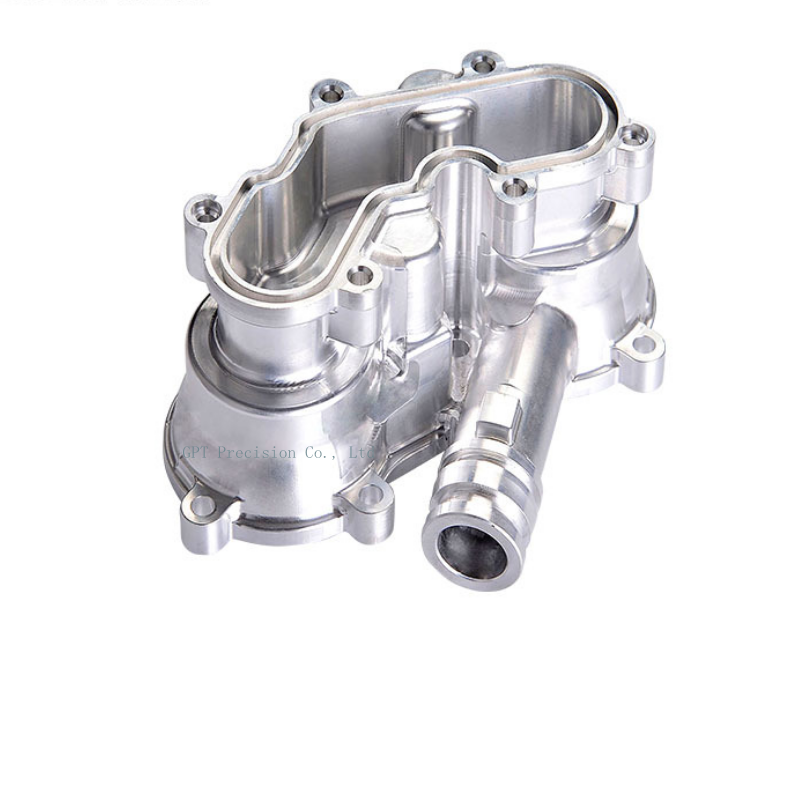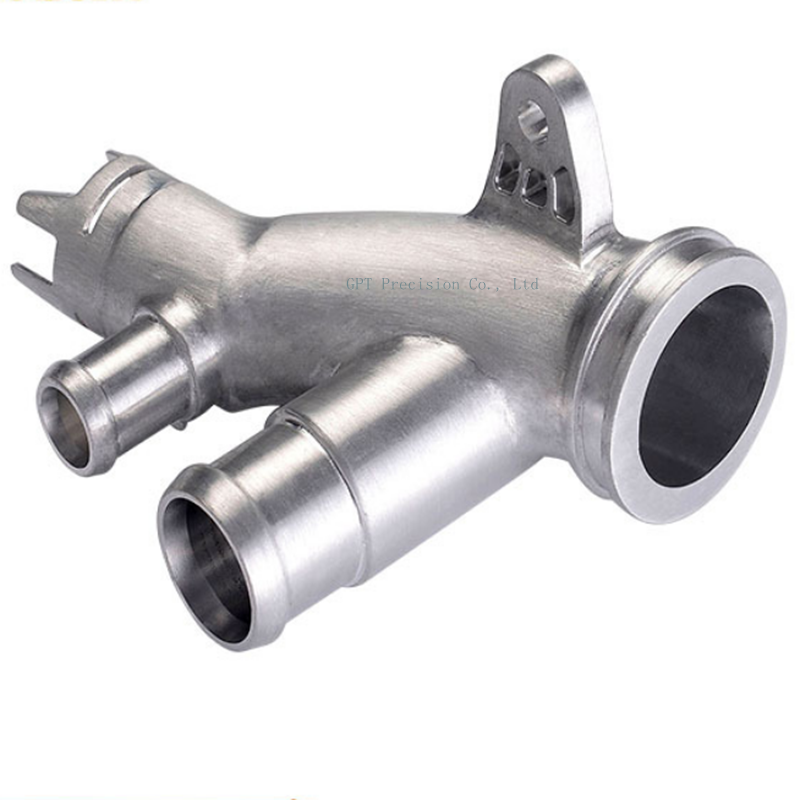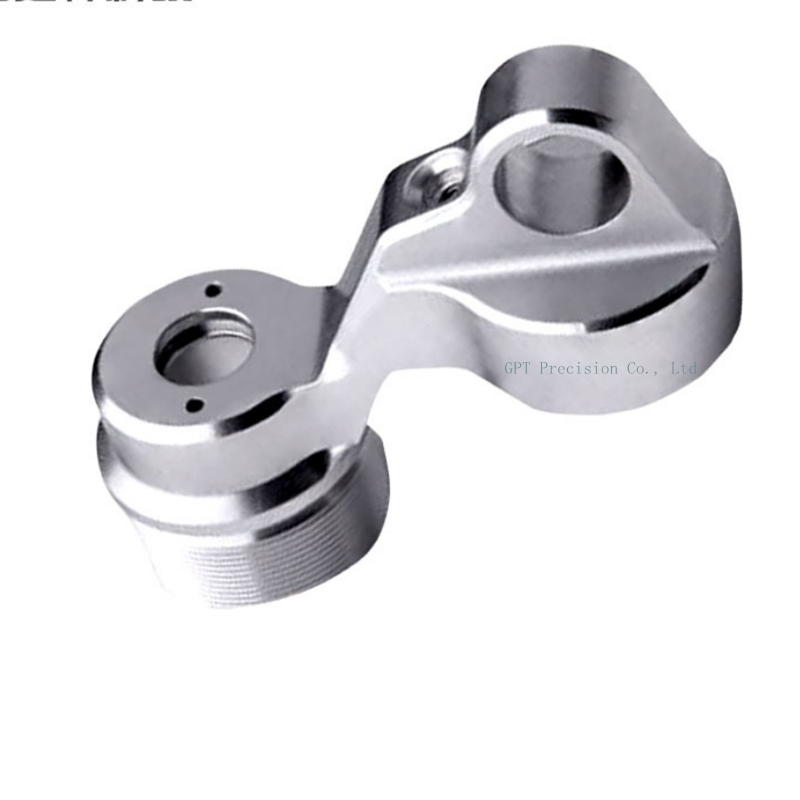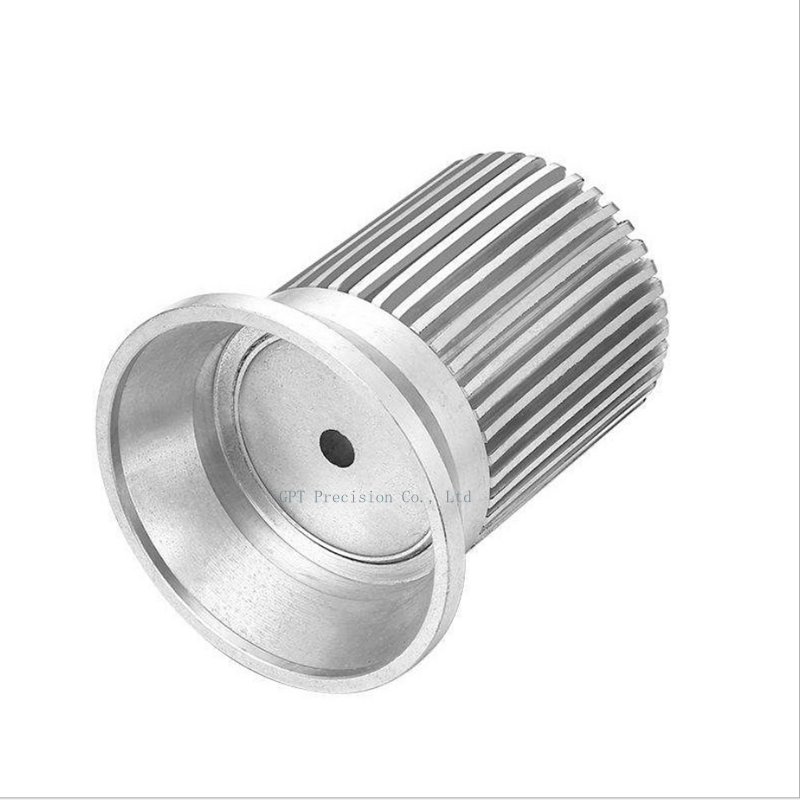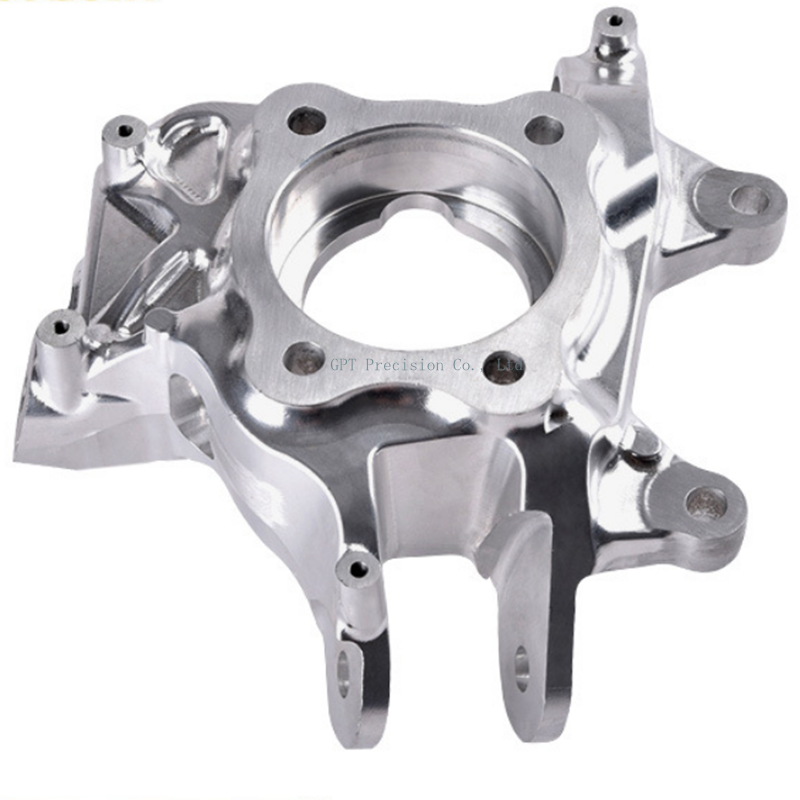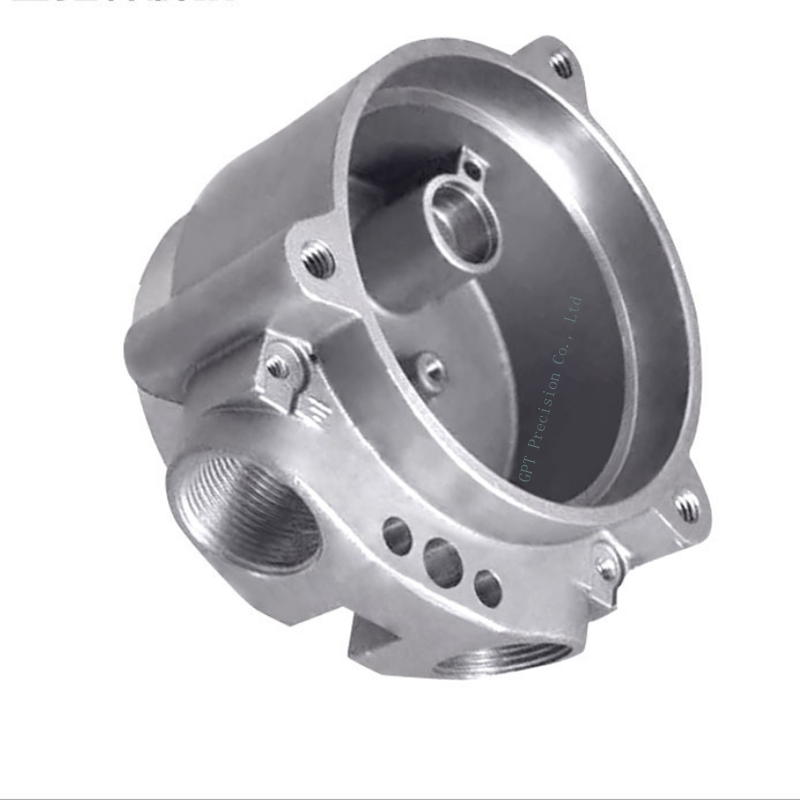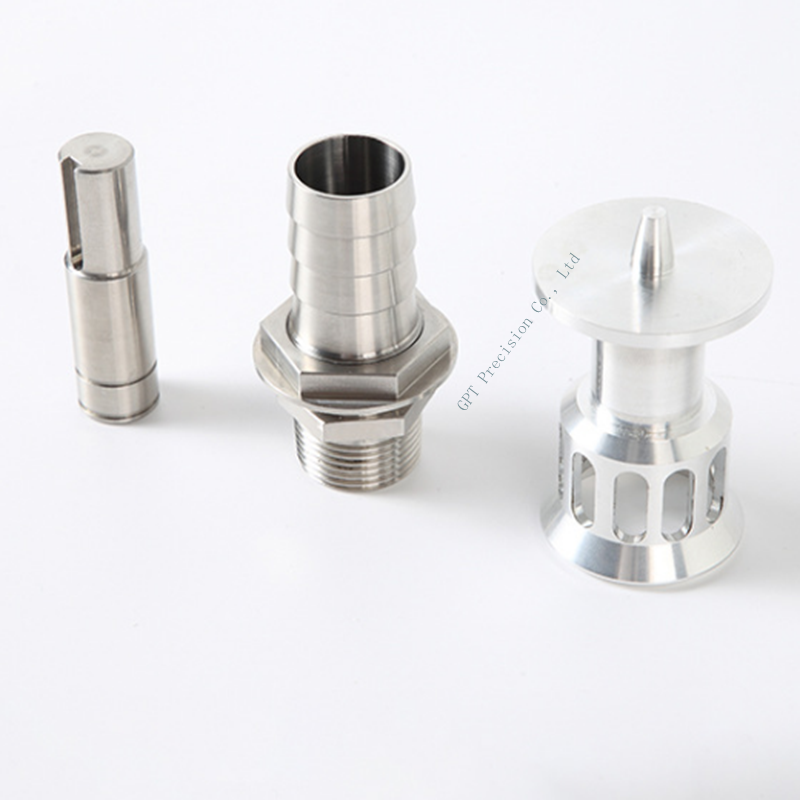Customized Aluminum parts Manufacturing Processes
Customized Aluminum parts Manufacturing Processes
Port: Shenzhen China
Production Capacity:10000
Payment Terms:L/C, T/T, D/P, Western Union, Visa, Mastercard, E-checking
Available 3D Files Format Pro/E, Catia, Solidworks, Unigraphics, Auto CAD, *.igs, *.stp, *.stl, *.x-t
Processing:CNC professional lathing
Surface Treatment:Natural-Glossy,Polishing, Anodizing, Painting, Silk Print
Application:Car, Household Appliances, Furniture, Commodity, Electronic, Home Use, Hardware
Process type : Turning,milling,grinding,lathe,boring,drilling,punching,tapping,wire-electrode-cutting,machining center, etc.
- Specifications
If you need assistance on your custom aluminum parts machining projects, we will be one of the most capable and affordable production sources with our technology, experience, and skills. Our strict implementation of ISO9001 quality system standards, and the combination of efficient production processes and flexible custom engineering enable us to deliver complex projects in short turnaround times and provide excellent product quality.
Need to create top-quality aluminum parts in a hurry? Want professional help with executing even the most complex manufacturing projects? Then GPT Precision can help. We have years of experience in servicing a wide range of industries that have impeccable quality requirements for application of precision aluminum products, and can handle even the most challenging manufacturing tasks with ease.
We also provide typical surface treatment operations for custom aluminum parts, such as sandblasting, shot blasting, polishing, electrophoresis, chromating, powder blasting, painting, etc.
Carbide Only
Technically, tools used for CNC machining steel can be used for CNC machining aluminum, but for the best finish, we only use specialized tools. Essentially we just need to understand what we want out of a tool. Aluminum is soft cutting, meaning that the tool doesn’t undergo hard impact forces as it cuts.
What’s critical is maintaining a razor-sharp edge. For this reason, we would choose hardness over toughness for material characteristics.
There are two main things that affect this property: carbide grain size and binder ratio. For grain size, larger grain produces a harder material, whereas smaller grain produces a more impact-resistant, tough material.
For aluminum, we want to maintain that edge sharpness, so we want a small grain size for maximum edge retention.
The other factor iin CNC machining aluminum is the binder ratio. For carbide cutting tools, the binder is cobalt. This could have anywhere from 2%-20% cobalt content. Since cobalt is softer than the carbide grains, more cobalt means a tough tool, less cobalt means a harder tool.
So we’re basically just looking for a carbide cutter that has a large grain size and low cobalt content.
Flutes
3 flutes are the sweet spot for solid carbide endmills 98% of the time. Chip clearance is the name of the game for aluminum, and 3 flutes give that perfect balance of tool strength and chip clearance.
2 flutes can be a viable option also; where cutting forces are lower and chip clearances are more of a factor. One area where this makes sense is when you have a very long tool that is prone to vibration.
At the end of the day, though, 3 flutes are the industry standard for CNC machining aluminum and that is what we use.
Helix Angle
The helix angle of a tool is measured by the angle formed between the centerline of the tool and a straight line tangent along the cutting edge. Cutting tools for aluminum typically feature higher helix angles than standard end mills.
Specialized helix angles for Aluminum are typically either 35°, 40°, or 45°. Variable helix tools are also available and make a great choice for reducing chatter and harmonics while also increasing Aluminum material removal rates.
Clearance Angle
Clearance angle is another important factor in CNC machining aluminum for the proper functioning of a tool. An excessively large angle would cause the tool to dig into the work. On the other hand, too small an angle would cause friction between the tool and the work.
Clearance angles between 6° and 10° are best for aluminum CNC machining.
Feeds and Speed
The softer the material being machined, the faster the recommended cutting speed. At 900-1800 feet per minute (using a carbide tool) aluminum has a similar cutting speed to wood. But unlike when cutting wood, the optimal feeds and speeds set-up will be in a much tighter range.
CNC Machining aluminum is often characterized by a high spindle speed. We have to be wary of combining high spindle RPMs with feed rates that are too slow.
As the tool will spend more time rubbing against the aluminum than cutting it. This will increase the working temperature and drastically reduce the tool life.
Most CNC shops will only give quotations for CNC machining as a standalone process. But when the quantity of new parts goes up to hundreds or more, you need a better solution for the best results. For some of these parts, it is better not to mill them from a solid block at all, but to use tool-based fabrication or forging assisted by milling.
When making aluminum parts, GPT Precision offers several ways to combine 3-axis, 4-axis, or 5-axis CNC machining with other manufacturing processes in order to create more complex parts that can be made in large quantities. These process combinations can maximize the functionality of aluminum while still enjoying the benefits of other production processes.
Extrusion, casting, and forging processes can all be complemented with CNC machining to make better aluminum components. No matter the test and no matter what properties are required.
Investment casting is a metal casting process that uses wax patterns to create metal parts. It produces parts with an excellent surface finish and high dimensional accuracy and can be used to create intricate parts with no parting lines.






